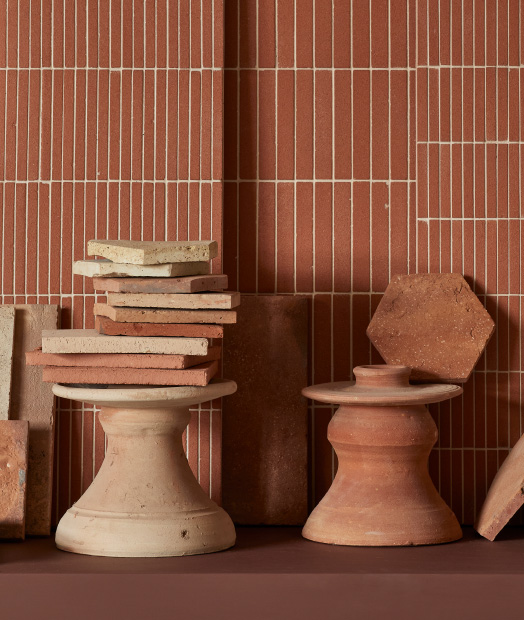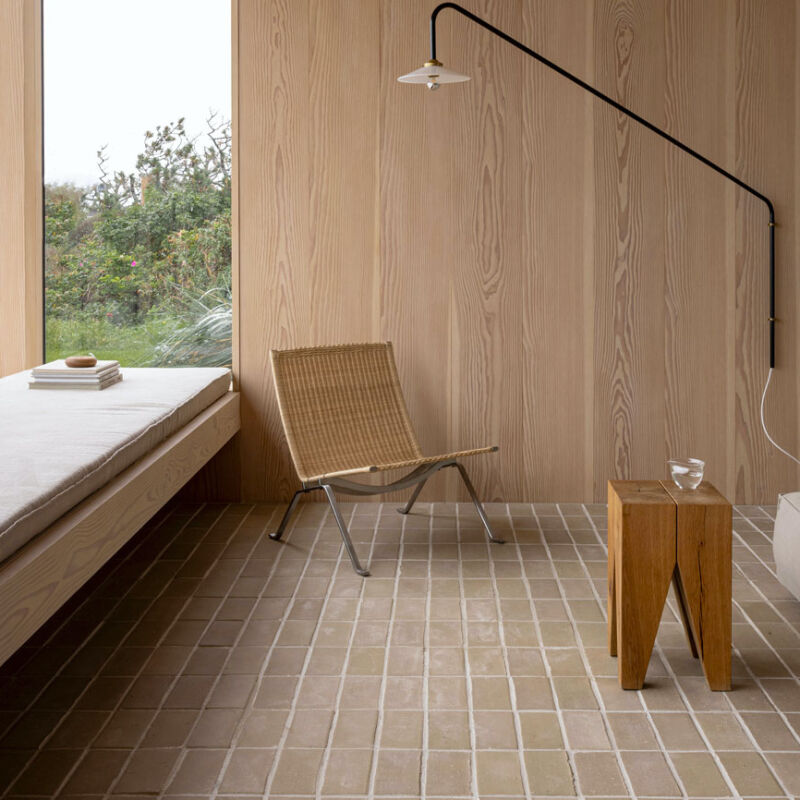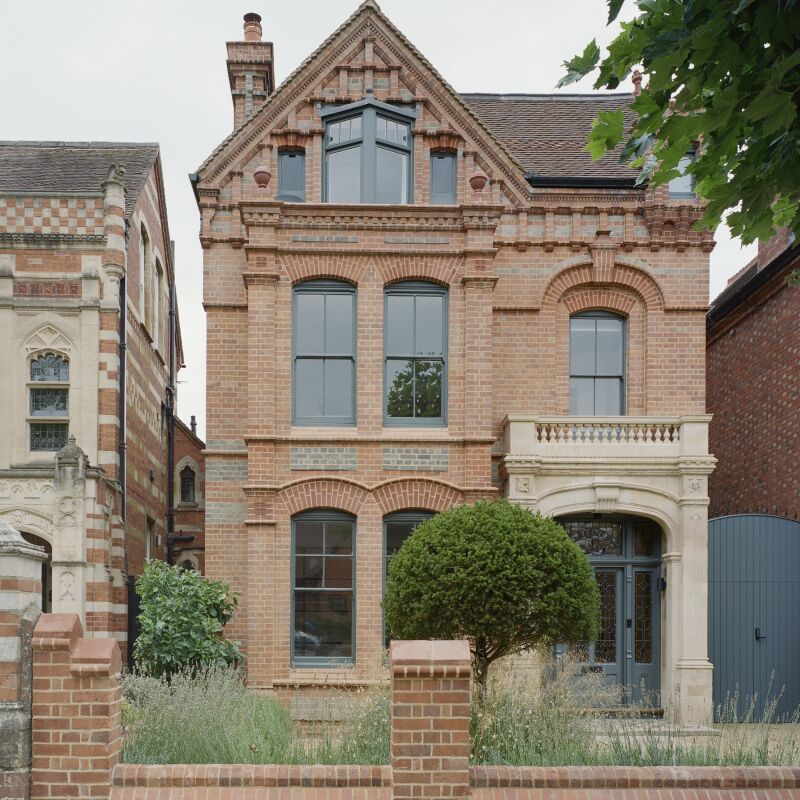I’m in the process of moving out of my Manhattan apartment, and I’ve noticed that when prospective tenants drop by for a tour, they stop in their tracks when they get to my bedroom and all say the same thing: “I love the exposed brick.” I love it too (and will be sad to leave it when I go); it lends a stylish yet rustic appeal to the room, which otherwise is without charm.
Here are five more reasons to admire brick, and to consider using it as a building material:
Photography by Rory Gardiner, courtesy of Mark Lewis Interior Design, except where noted.
1. It’s sustainable.
Brick is made from clay—one of the earth’s most abundant natural materials—and can help a building achieve green standards because of its energy efficiency. Brick absorbs and stores heat, which can reduce the need for heating and air-conditioning. Brick is also fully recyclable and often retained on building exteriors when the interiors are renovated. Building codes even allow for salvaged brick to be reused as exterior cladding.


2. It’s versatile.
Brick is often thought of as an exterior cladding material—and it performs that task admirably. However, brick is also a classic choice for interior walls, and even outdoor paving. Furthermore, brick comes in more shapes, sizes, and colors than the standard red rectangle (we even called out pale brick as a trend in 2017), so it lends itself just as naturally to modern homes as historic ones. The configuration of the bricks (called the bond pattern) can also go a long way toward illustrating a particular style. The Brick Industry Association has a guide that outlines the variety of brick shapes and bond patterns available standard from most manufacturers. For interior applications, consider thin brick, a brick veneer that’s a fraction of the thickness of classic brick and can be installed like tile.


3. It’s durable.
The three little pigs had it right: Brick provides superior protection from the elements. Brick provides more protection from wind-blown debris than other types of siding, and even exceeds hurricane zone requirements in the Florida Building Code. Brick is also classified as a noncombustible material and is more fire-resistant than any other type of exterior cladding. Brick buildings are less susceptible to mold growth, wood rot, and insect infestations due to brick’s inherent moisture control properties.

4. It’s timeless.
Brick features prominently in both the landscape and architecture of many historic neighborhoods due to its longevity and structural integrity, but looks equally at home in more modern constructions. The Brick Industry Association’s photo gallery provides inspiration for homeowners, builders, and landscapers considering brick for their residential and commercial projects.


5. It’s affordable.
Brick costs about 10 percent less than manufactured stone and only about 2 percent more than fiber cement (before considering the lifetime upkeep and replacement costs of fiber cement). Since brick does not need to be painted, sealed, or replaced periodically, its lifetime maintenance costs often make it a better value than other types of cladding material. During major interior renovations, existing interior brick or exterior brick cladding can remain unchanged. For a detailed breakdown on the value of brick, and how it compares to other building materials, use the Brick Industry Association’s calculator.


To learn more about brick and read all recent research, visit the Brick Industry Association’s website, and use their database to find a Brick Industry Association member distributor, manufacturer, or supplier near you.




